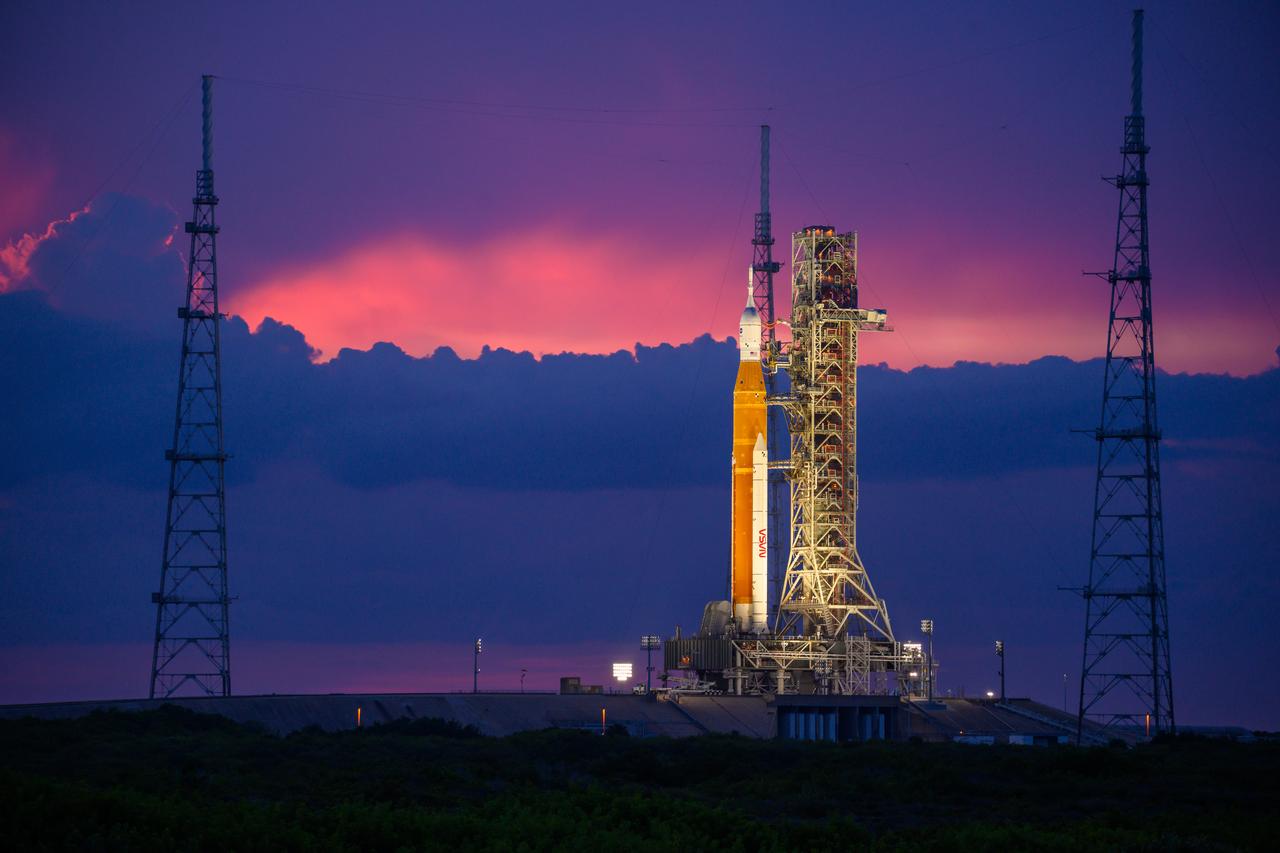Nasa forced to cancel latest Artemis launch attempt due to rocket leak
The failed launch marks the second time the space agency has had to halt the mission

Your support helps us to tell the story
From reproductive rights to climate change to Big Tech, The Independent is on the ground when the story is developing. Whether it's investigating the financials of Elon Musk's pro-Trump PAC or producing our latest documentary, 'The A Word', which shines a light on the American women fighting for reproductive rights, we know how important it is to parse out the facts from the messaging.
At such a critical moment in US history, we need reporters on the ground. Your donation allows us to keep sending journalists to speak to both sides of the story.
The Independent is trusted by Americans across the entire political spectrum. And unlike many other quality news outlets, we choose not to lock Americans out of our reporting and analysis with paywalls. We believe quality journalism should be available to everyone, paid for by those who can afford it.
Your support makes all the difference.Nasa has postponed its attempt to go back to the moon – again.
Yet another hydrogen leak forced the space agency to abandon its plans to launch its Artemis-1 mission on Saturday afternoon.
Engineers tried repeated tricks to force the leak to seal, with a variety of different plans over hours, but Nasa eventually abandoned the attempt. Launch director Charlie Blackwell-Thompson made the final decision to postpone the launch around 11.15am local time, roughly three hours before the rocket had been scheduled to lift off.
Nasa had already been forced to “scrub” a previous attempt to launch its rocket on Monday. That was also the result of a separate hydrogen leak.
The space agency did not immediately announce when it would attempt to launch the rocket again. While it has another launch window open on Monday evening, it could be forced to roll the rocket back into its assembly building – which could lead to a delay of weeks or even months.
The scheduled launch will see test dummies sent up and around the moon, before falling back down to Earth around 42 days later. A successful test is required before Nasa sends humans in the rocket, with a view to sending them around the moon in 2024 and onto the lunar surface in 2025.
But the repeated, separate issues with hydrogen leaks on Nasa’s new Space Launch System (SLS) recalled the difficult period of the Space Shuttle, which was eventually cancelled and left the space agency without the capability to launch its own astronauts for years.
Join our commenting forum
Join thought-provoking conversations, follow other Independent readers and see their replies
Comments